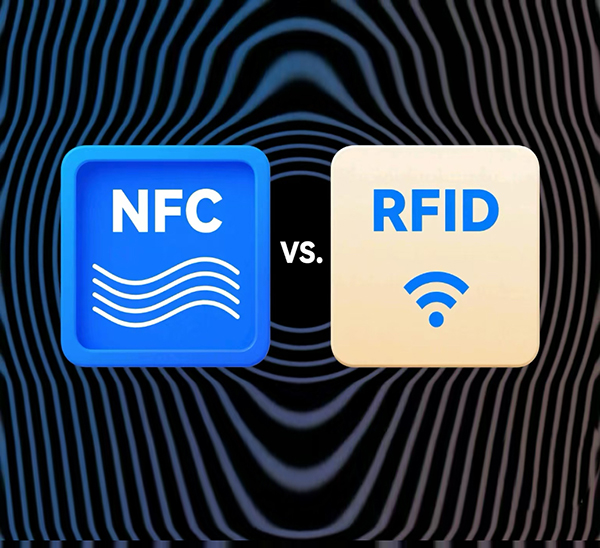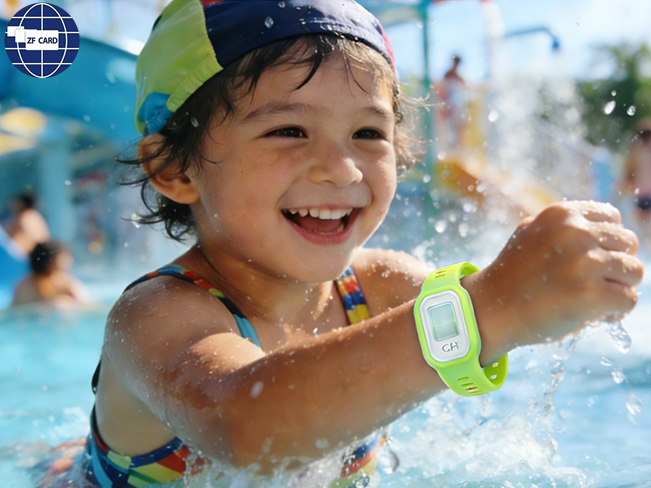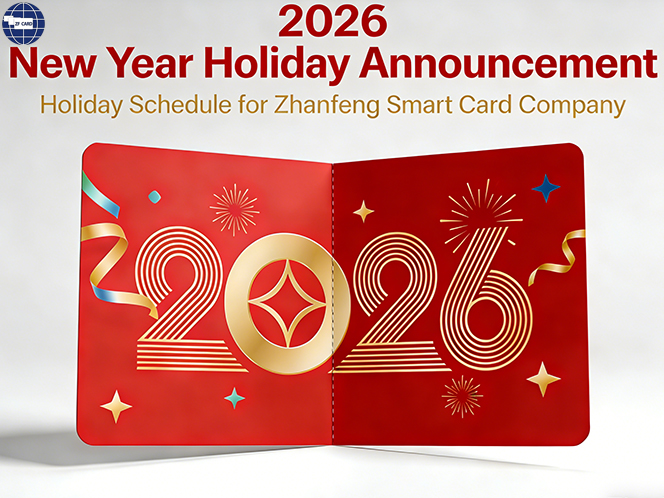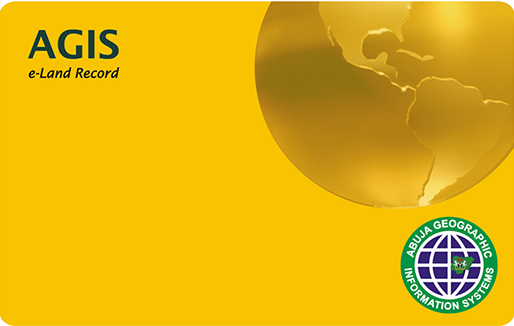Hot News
RFID and NFC: Reveal the difference between
Have you ever encountered such a scene?
• When paying in the supermarket, the cashier gently scans the label on the goods, and the price is automatically displayed (RFID).
• Touch the POS machine with your mobile phone, and the payment (NFC) will be completed in a few seconds.
• When entering the company, swipe the badge to open the door (RFID/NFC).
These seemingly similar technologies actually hide a lot of differences! Today, let's thoroughly understand the difference between RFID and NFC, where they are used, and why you can't confuse them.
1.Understand the basics first: What are RFID and NFC?
-RFID (radio frequency identification) - "silent tracker"
RFID (Radio Frequency Identification) is a non-contact automatic identification technology that communicates between tags and readers through radio waves.
To put it simply:
• RFID tags (like small chips on goods) store information (such as commodity ID, price).
• RFID readers (such as scanning guns in supermarkets) send radio waves, activate tags and read data.
Common applications:
✔ Logistics tracking (express delivery, warehousing management)
✔ Retail loss prevention (supermarket anti-theft, inventory management)
✔ Animal identification (farms wear RFID ear tags for cattle and sheep)
✔ Access control card (some company badges use RFID to open the door)
· Features: The reading distance ranges from a few centimeters to a few meters, and some can even be automatically read at a long distance (such as warehouse inventory).

-NFC (Near Field Communication) - "Shortcut Keys in Mobile Phones"
NFC (Near Field Communication) is a short-range wireless communication technology that allows devices to exchange data at a very close distance (usually within a few centimeters).
To put it simply:
• NFC is a more advanced and safer RFID variant, which is specially used for interaction between devices.
• It needs two NFC devices (such as mobile phones and POS machines) to work.
Common applications:
✔ Mobile payment (Apple Pay, Alipay "touch")
✔ Bus card/access control card (mobile phone simulation physical card)
✔ File transfer (two mobile phones touch and share photos)
✔ Smart poster (use your mobile phone to scan the poster to get information)
· Features: The reading distance is usually only 1-4 cm, and it must be actively approached to trigger, and the security is higher.
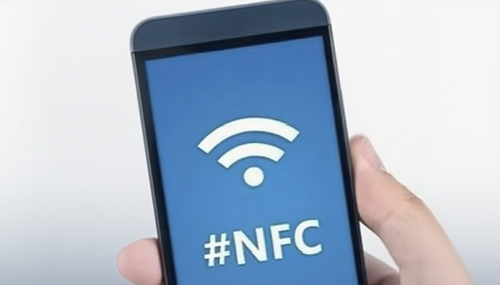
2.Five key differences between RFID and NFC
Comparison | RFID | NFC |
| Communication distance | A few centimeters to a few meters (or even farther) | Only 1-4 cm (must be close) |
| Working mode | One-way/two-way (tag can be actively read by the reader) | Two-way (to communicate with each other) |
| Typical Applications | Logistics, access control, anti-theft | Mobile payment, transportation card, data transmission |
| Security | Lower (may be scanned from a distance) | Higher (needed close range + user authorization) |
| Is the power supply required | Passive tags do not require battery (powered by readers) | Some devices (such as mobile phones) actively powered |
3.Five common misunderstandings, did you get the trick?
❌Misconception 1: Are RFID and NFC the same thing?
✅ Truth: They are all wireless communication technologies, but NFC is a subset of RFID, which is specially optimized for short-distance interaction.
❌Misunderstanding 2: Can RFID stalk me secretly?
✅ Truth: Ordinary RFID (such as commodity labels) cannot actively emit signals, and will only be scanned close to the reader. However, some active RFID (such as positioning tags) may be tracked, but special equipment is usually required.
❌Misconception 3: NFC payment is not safe?
✅ Truth: NFC payment requires mobile phone unlocking + close to POS machine, and supports encrypted transmission, which is safer than traditional magnetic stripe cards.
❌Misconception 4: Will RFID and NFC affect mobile phone signals?
✅ Truth: Their working frequency is very low (13.56MHz) and will not interfere with Wi-Fi or Bluetooth.
❌ Misconception 5: Can RFID and NFC transmit data at a long distance?
✅ Truth: They can only work for a short distance. Don't expect remote positioning like GPS!
4.Practical application scenarios: Where are they used?
-Typical scenarios of RFID
• Supermarket: RFID tags on goods allow cashiers to scan the code quickly.
• Logistics: The warehouse scans the whole box of goods with RFID without unpacking.
• Access control: swipe the card of the company to open the door (some use RFID).
• Pet chip: Implant an RFID chip in the dog, and it can be found when it is lost.
-Typical scenes of NFC
• Mobile payment: Apple Pay, Huawei Pay, Alipay "touch".
• Transportation card: The mobile phone simulates the subway card, and you can enter the station near the gate.
• File sharing: Two mobile phones touch each other to send photos (Android Beam).
• Smart device: use NFC to turn on the smart speaker and connect Bluetooth headphones.
5.Summary: How should you choose RFID and NFC?
| If you need... | Choose RFID | Choose NFC |
| Far-distance automatic identification (such as logistics, warehousing) | ✅ Suitable | ❌ Not suitable |
| Short-distance secure payment/access control (such as mobile payment) | ❌ Not suitable | ✅ Suitable |
| Tracking items (such as supermarket anti-theft) | ✅ Suitable | ❌ Not suitable |
| Fast mobile phone interaction (such as sharing files) | ❌ Not suitable | ✅ Suitable |
Next time you see a "beep" sweep over the product or pay by touching the phone, and you can confidently say, "This is RFID/NFC at work!"
-
 Design your card for free
Get Free Design
Design your card for free
Get Free Design -
 Free Sample Cards
Get Free Sample
Free Sample Cards
Get Free Sample -
 24 hours online service
Contact Us
24 hours online service
Contact Us-
Office Phone
+86 189-3398-5004
-
E-mail
mailto:Mary@zfcards.com
-
Office Phone

 English
English Russian
Russian French
French Spanish
Spanish Portuguese
Portuguese Italian
Italian Arabic
Arabic German
German

